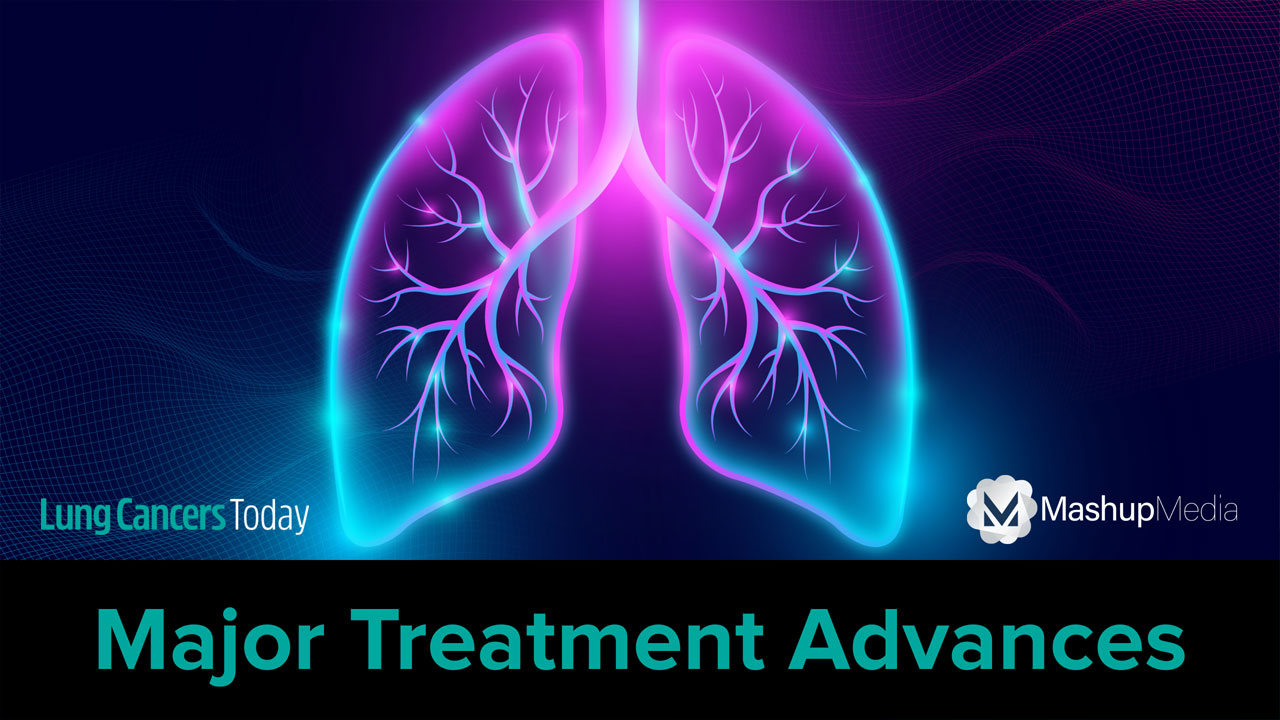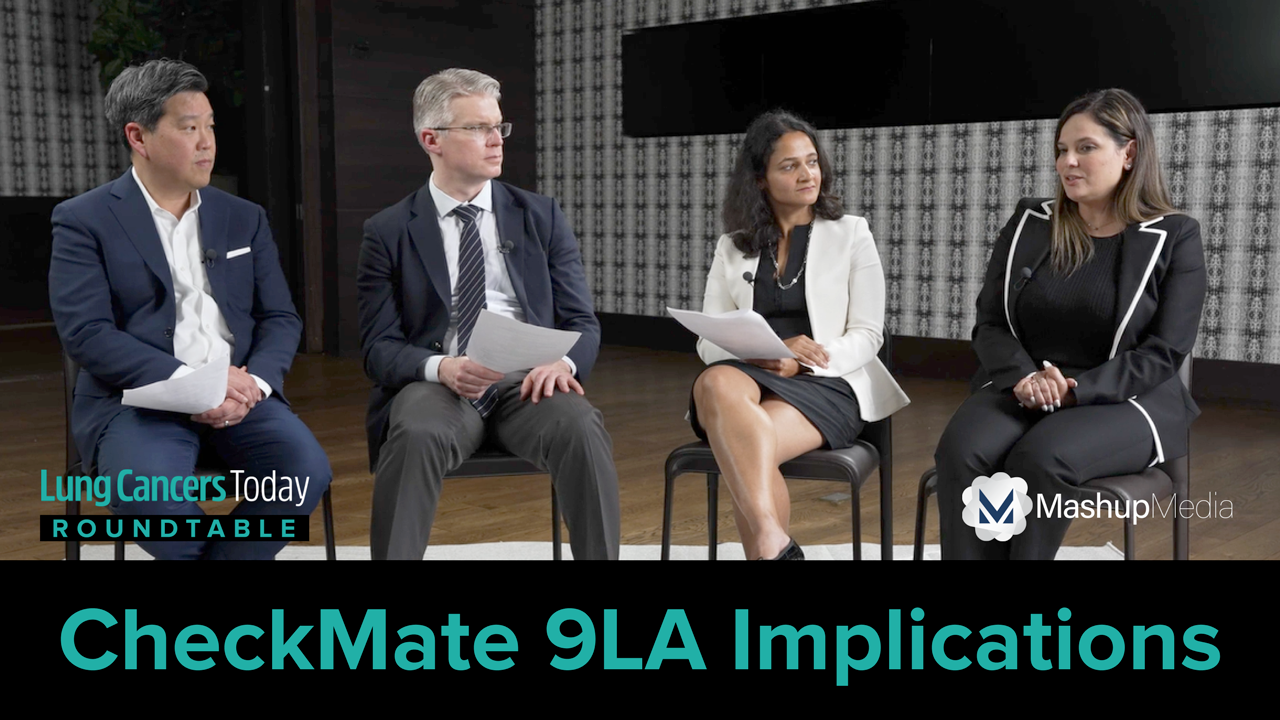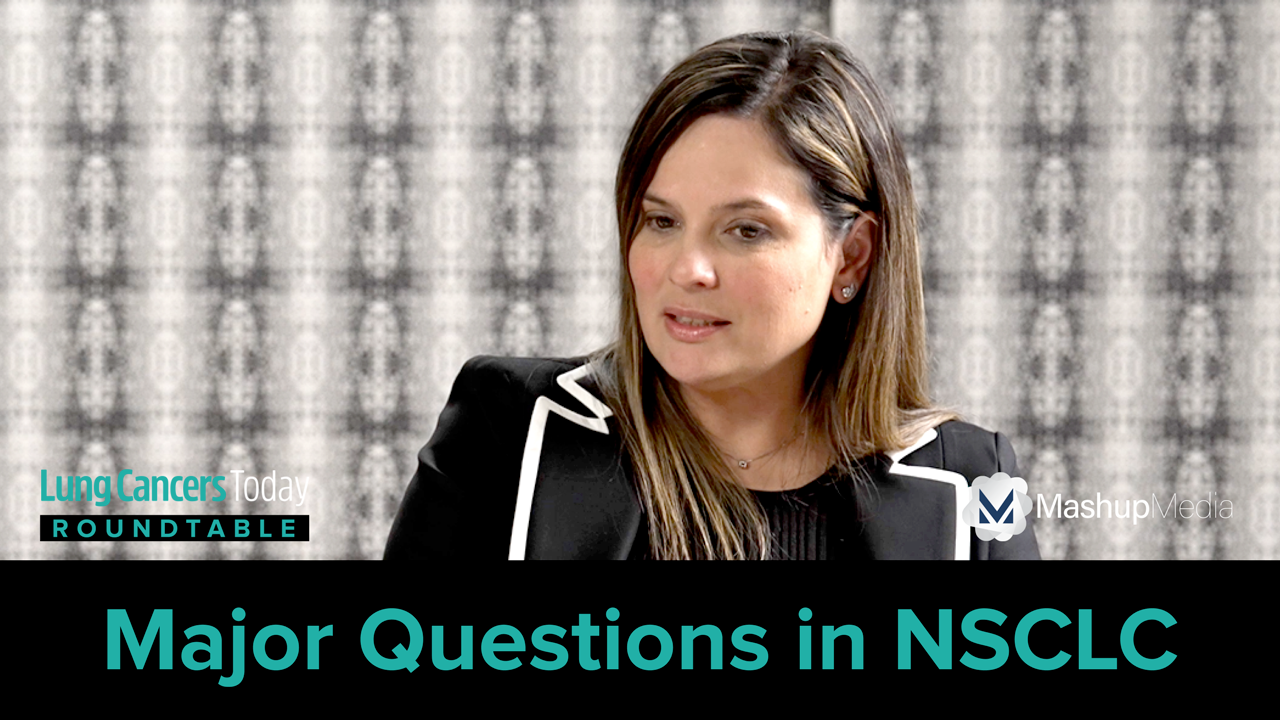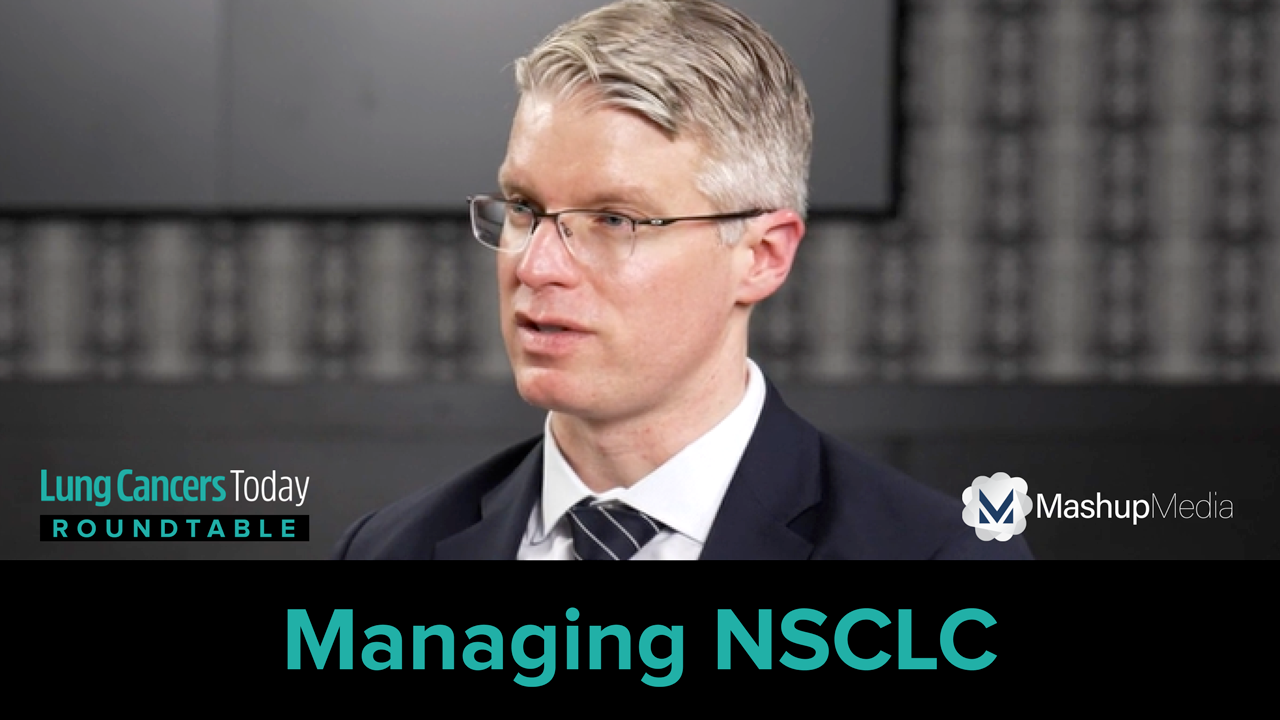
First-line nivolumab plus ipilimumab and chemotherapy maintained a “long-term, durable survival benefit” compared with chemotherapy in patients with metastatic non-small cell lung cancer (NSCLC), according to the 5-year follow-up data from the CheckMate 9LA study.
Martin Reck, MD, PhD, of the Lung Clinic Grosshansdorf, and colleagues, conducted the study and presented the 5-year follow-up data during the 2024 American Society of Clinical Oncology Annual Meeting. The CheckMate 9LA study previously showed that first-line nivolumab plus ipilimumab and chemotherapy had a “long-term, durable survival benefit” compared with chemotherapy alone in patients with metastatic NSCLC, “regardless of tumor PD-L1 expression or histology,” according to Dr. Reck and colleagues.
The study included patients with stage IV or recurrent NSCLC with an Eastern Cooperative Oncology Group performance status of ≤1 and wild-type EGFR/ALK. The patients were randomized 1:1 to receive nivolumab 360 mg every 3 weeks, ipilimumab 1 mg/kg every 6 weeks, plus chemotherapy every 3 weeks (2 cycles; n=361) or chemotherapy alone once every 3 weeks (4 cycles, n=358). Patients with nonsquamous NSCLC were permitted to receive maintenance pemetrexed.
With a median follow-up of 64.5 months, the study showed that “clinical benefit continued to be seen” with the combination therapy over chemotherapy alone in all patients who were randomized. The 5-year overall survival (OS) rate was 18% in patients receiving the combination therapy, compared with 11% in those receiving chemotherapy. Among the patients receiving the combination therapy, 11% were treatment-free at 5 years. In addition, the clinical outcomes “favored” the combination therapy over chemotherapy across tumor PD-L1 expression and histology subgroups. Among patients with tumor PD-L1 <1%, the 5-year OS and progression-free survival (PFS) rates with the combination therapy were both around 3 times higher than with chemotherapy alone. The 5-year duration of response rate was 25% in those receiving the combination, compared with 0% in those receiving chemotherapy alone.
Among the 61 patients who discontinued the combination treatment due to treatment-related adverse events (TRAEs), 37% were alive at 5 years, with a treatment-free interval rate of 22%.
When the researchers conducted an analysis of 5-year survivors, the PFS “favored” the combination therapy (n=48) over chemotherapy (n=30; hazard ratio, 0.52). In addition, the 5-year treatment-free interval rate was 72% in those receiving the combination therapy, more than double the rate of 35% in those receiving chemotherapy alone. Among the 48 5-year survivors who received the combination therapy, 44% received ≥17 doses of ipilimumab, and among those who received <17 doses, most discontinued ipilimumab due to TRAEs. No new safety signals emerged during the extended follow-up, according to Dr. Reck and colleagues.
Dr. Reck and colleagues concluded that “these data further underscore [first-line nivolumab plus ipilimumab and chemotherapy] as an efficacious [treatment] option” for patients with metastatic NSCLC.
Reference
Reck M, Ciuleanu TE, Schenker M, et al. Five-year outcomes with first-line (1L) nivolumab + ipilimumab + chemotherapy (N + I + C) vs C in patients (pts) with metastatic NSCLC (mNSCLC) in CheckMate 9LA. Presented at the 2024 American Society of Clinical Oncology Annual Meeting; May 31-June 4, 2024, Chicago, Illinois.







 © 2025 Mashup Media, LLC, a Formedics Property. All Rights Reserved.
© 2025 Mashup Media, LLC, a Formedics Property. All Rights Reserved.